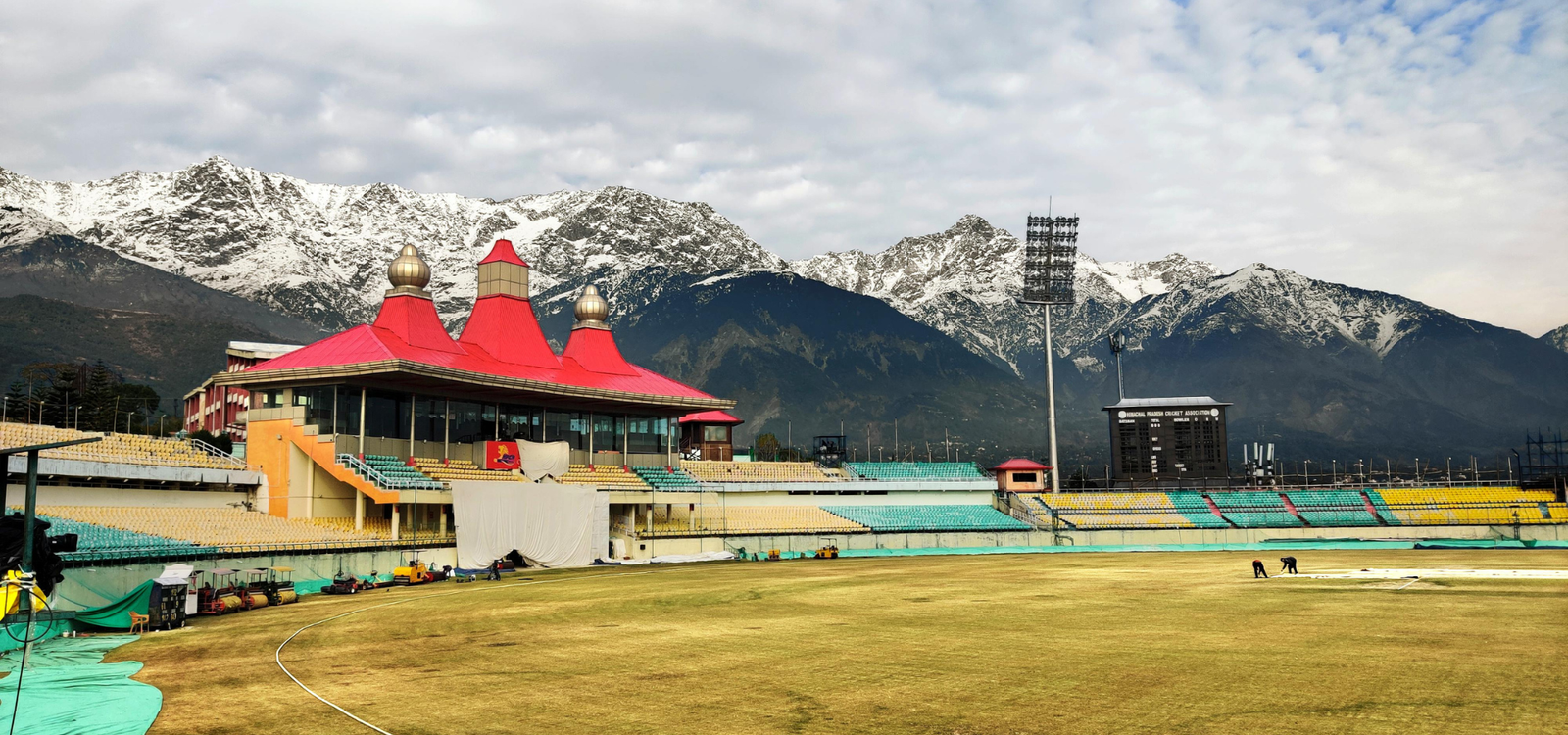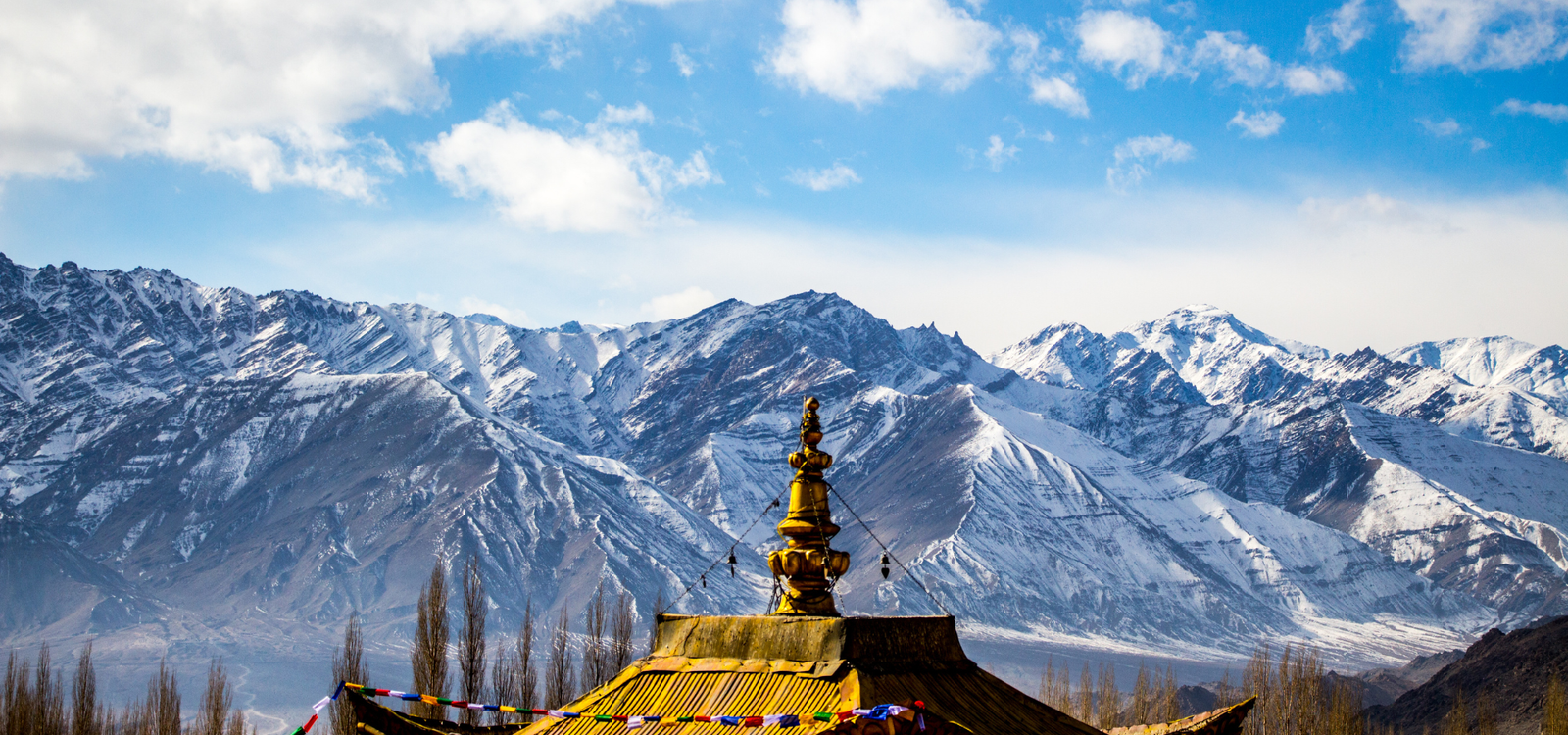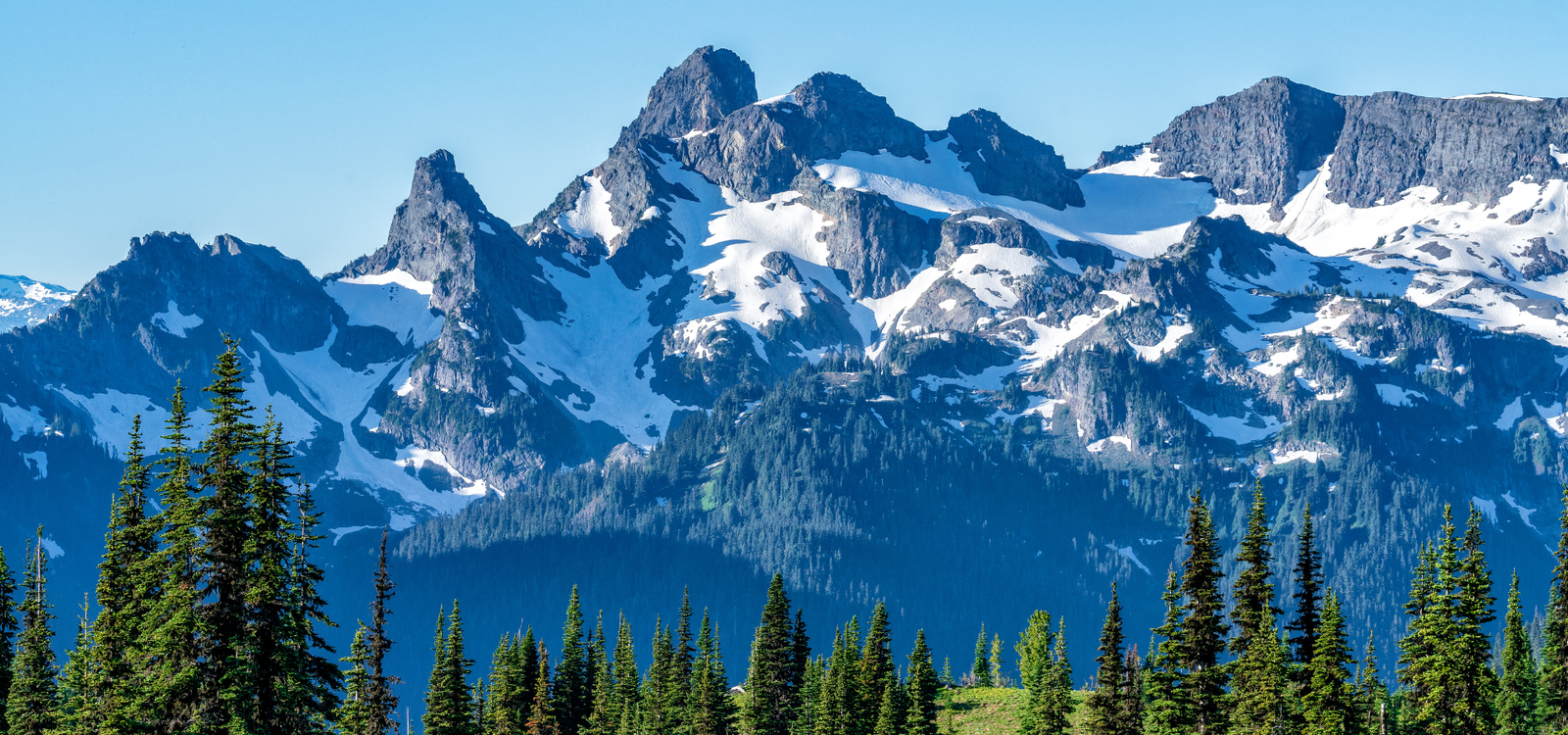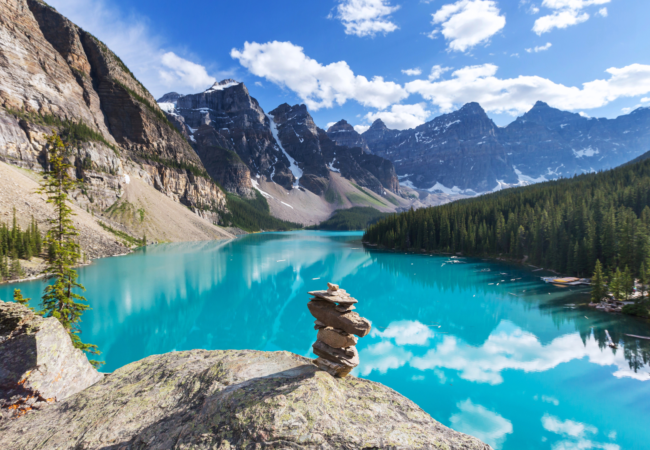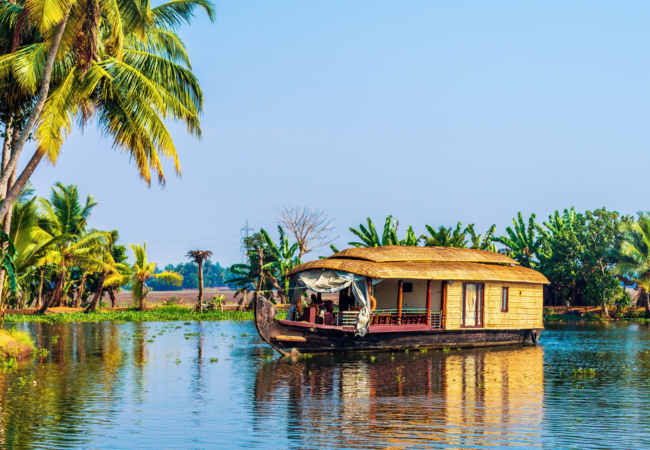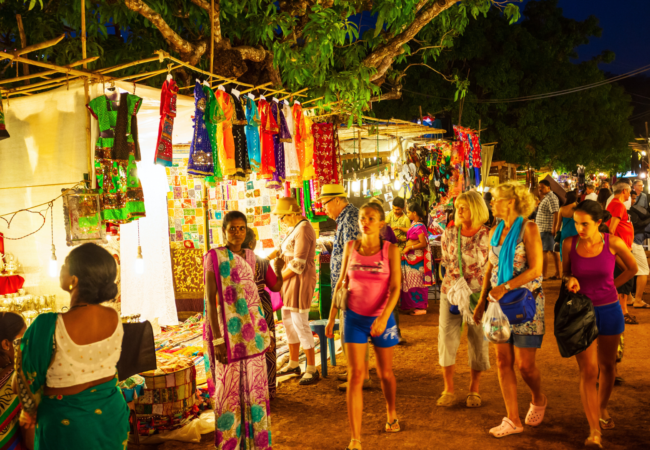Dharamshala: The Complete Guide to Travel
Dharamshala is a hill resort in Kangra Valley in the Indian state of Himachal Pradesh, at 1,457 meters (4,780 feet) above sea level. Dharamshala is famous for its serene atmosphere, Tibetan culture, and as the home of the Dalai Lama in India.

History of Dharamshala:
The history of Dharamshala dates back to the 19th century when it was built as a British colonial retreat. The British realized its potential as a hill station in 1849 and began to develop it as a summer retreat. The town started receiving British officials and expatriates escaping the plains’ heat.
The modern history of Dharamshala was radically transformed in 1959 with the arrival in India of Tenzin Gyatso, the 14th Dalai Lama, as a refugee following the occupation of Tibet by China. He fled into exile and chose Dharamshala as his sanctuary. Ever since, Dharamshala has been the hub of Tibetan Buddhism in India. A suburb of Dharamshala, McLeod Ganj is commonly referred to as “Little Lhasa” because of its prominent Tibetan cultural identity. It is home to the seat of Tibetan Government-in-Exile and Tibetan refugees.
The Dalai Lama’s presence and establishment of the Tibetan community have significantly impacted the religious, cultural, and social environment of the town. Dharamshala has become an important Buddhist pilgrimage center and a place of learning, meditating, and contemplation.
Best Spots to Go to in Dharamshala:
McLeod Ganj:
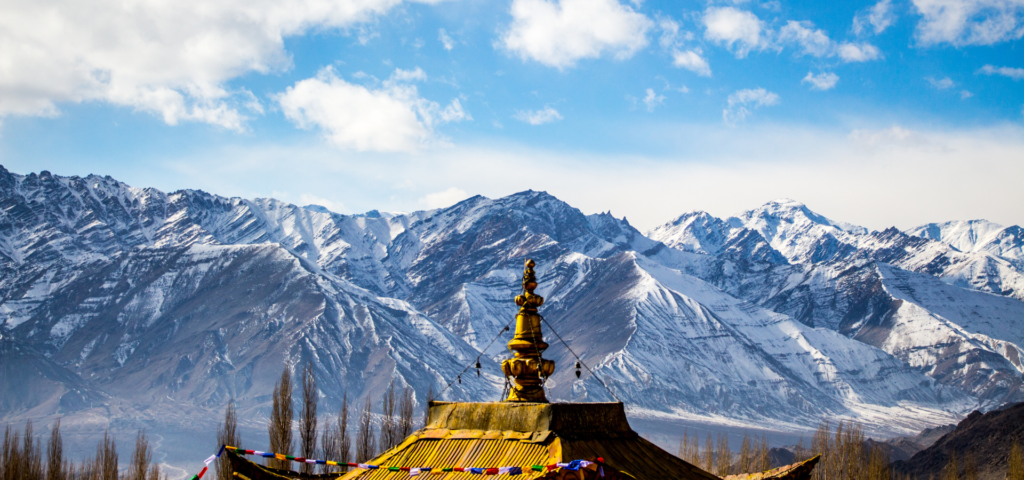
The most explored section of Dharamshala, McLeod Ganj, is famous for Tibetan culture, Buddhist monasteries, and active Tibetan bazaar. There are Tibetan shops locals where they get the customary handicrafts, dressings, and spirituality stuff. This place is the core of the religion and culture of the Tibetans too.
Tsuglagkhang Complex:
The Tsuglagkhang Complex serves as the Dalai Lama’s home and a significant religious and cultural hub. It contains a Tibetan temple, the Dalai Lama’s private residence, a Buddhist museum, and a bookstore.
Dal Lake:
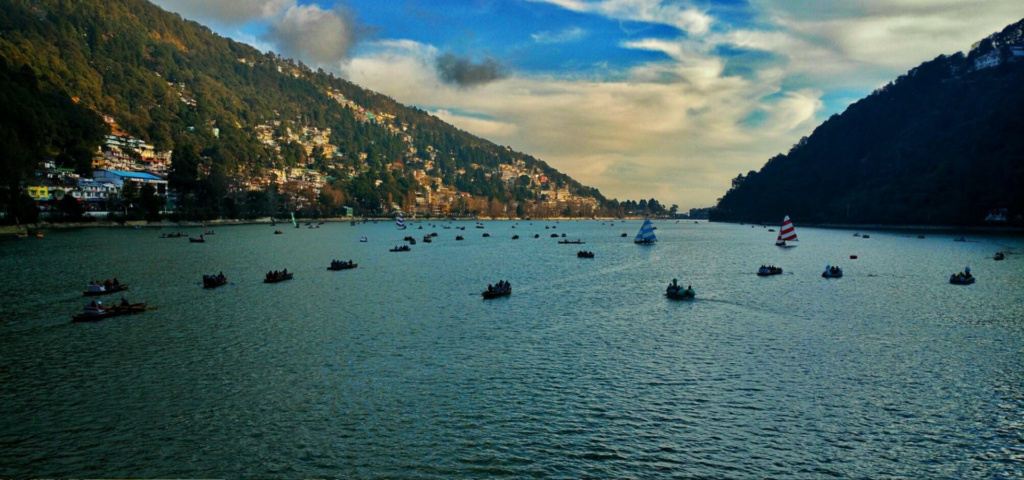
Dal Lake is a peaceful lake, situated around 11 kilometers from Dharamshala, surrounded by dense deodar forests. It is a picnic spot, nature walk area, and place for peaceful sojourns. The lake also has a small temple of Lord Shiva, so it is a religious place too.
Kangra Fort:
Situated about 20 kilometers away from Dharamshala, Kangra Fort is among India’s oldest and largest forts. The fort has been constructed by the Katoch dynasty in the 4th century and is a remarkable complex with ruins of temples, palaces, and gates. The fort does have some brilliant views of the surrounding valley.
Triund Hill:
Triund Hill is a much-populated trekking site situated roughly 9 kilometers from McLeod Ganj. The trek, itself, also has exquisite vistas of the Dhauladhar range as well as the Kangra Valley. It is among the most well-planned short treks within Himachal Pradesh and the best option for new trekkers as well as professionals alike.
St. John in the Wilderness Church:
This lovely church, constructed in 1852, is approximately 8 kilometers from Dharamshala, in the direction of McLeod Ganj. The church is situated inside a pine grove and is a serene oasis with lovely stained-glass windows and a serene environment.
Dharamshala Cricket Stadium:
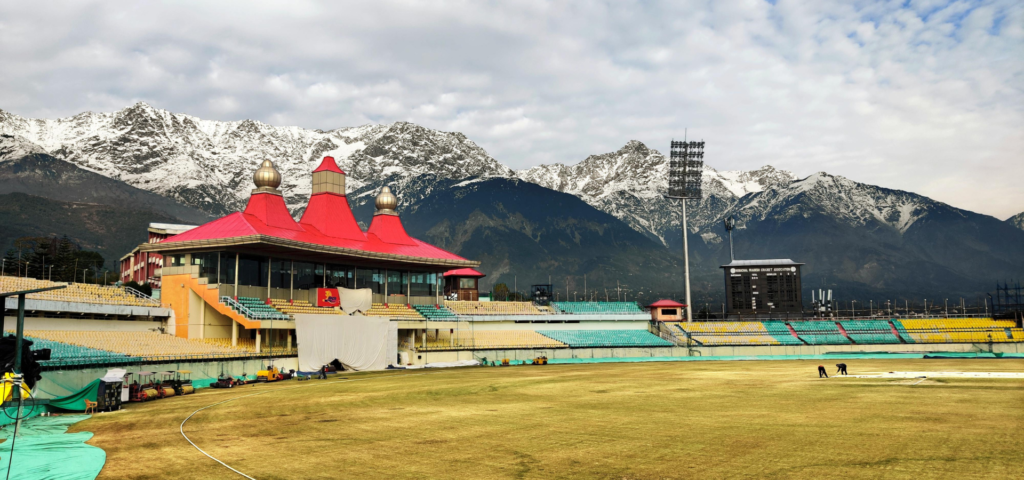
Himachal Pradesh Cricket Association (HPCA) Stadium at Dharamshala is arguably the world’s most scenic cricket stadium, set against the breathtaking backdrop of snow-clad Dhauladhar ranges. The stadium is used for hosting domestic and international cricket matches and is thus a special point of interest for cricket lovers.
Tibetan Institute of Performing Arts (TIPA):
Tibetan Institute of Performing Arts (TIPA) at McLeod Ganj deals with the preservation and development of Tibetan performing arts, such as music, dance, and theatre. The institute organizes different cultural performances and shows, which give the visitors a better insight into Tibetan culture.







